The Mosaic Atlas is the brainchild of Mosaic America, initiated by a group of immigrant women in an organization...
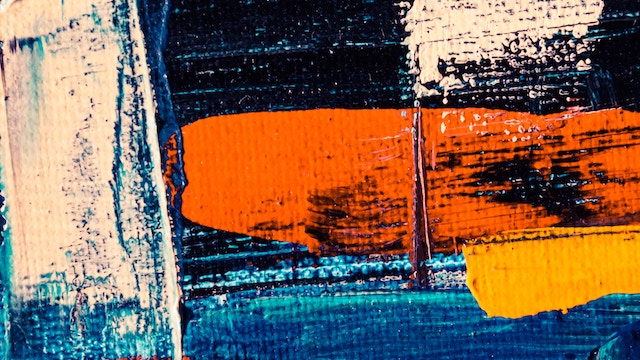

The Mosaic Atlas is the brainchild of Mosaic America, initiated by a group of immigrant women in an organization...
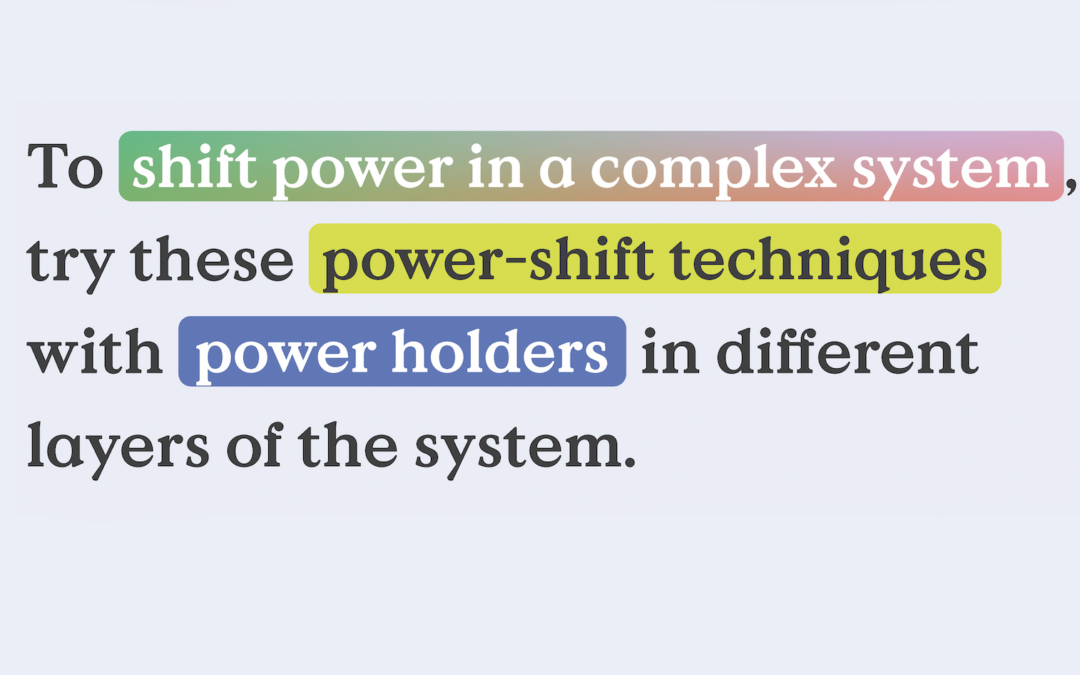
This wildcard session was a conference-wide co-creation activity. Together, EPIC attendees reflected on the dynamic relationship between resilience and power. Then, through a facilitated, real-time activity, we collectively generated an actionable power-redistribution framework—a set of strategies...
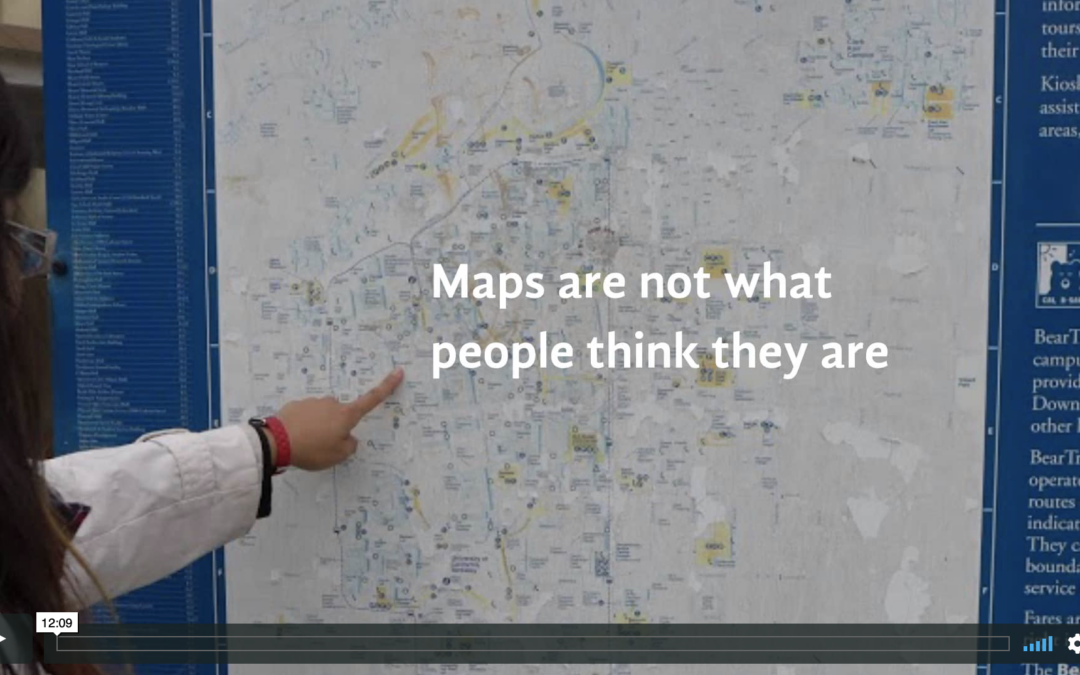
Participatory mapping—the production of maps in a collective way—is a common activity used for planning and decision making in urban studies. It started as a way to empower men and women, usually from rural vulnerable communities threatened by climate change, degradation of their landfills or any...
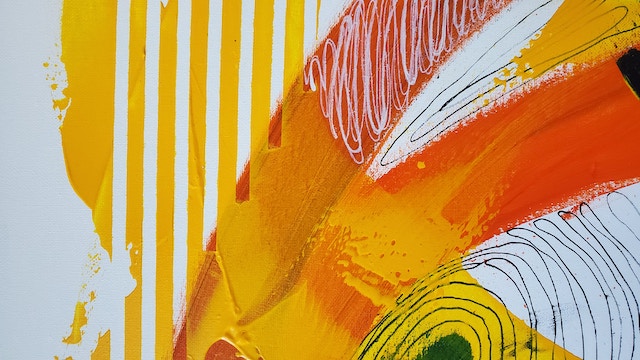
How can we move from observation to co-creation? Or, from observer to co-conspirator and change agent? This post shares part of a project design that took that journey. It was Friday in Tokyo. We had been there just six days and this was the second country in thirteen. It was Friday, almost 1:00pm...
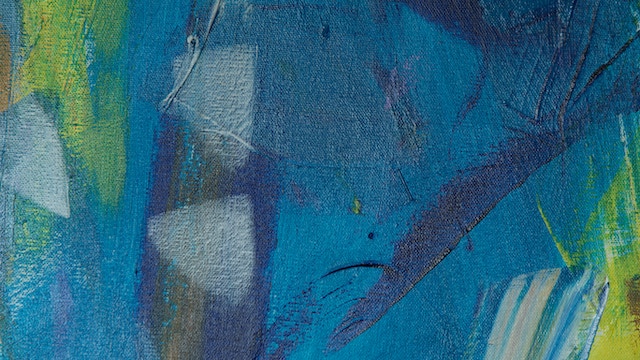
In recent times, hospitals and healthcare organizations have become more accepting of using human-centered approaches, including ethnography, to lend insight on how to prevent risk, increase efficiency, improve staff experience, and advance delivery of care. But often times, these approaches lack...
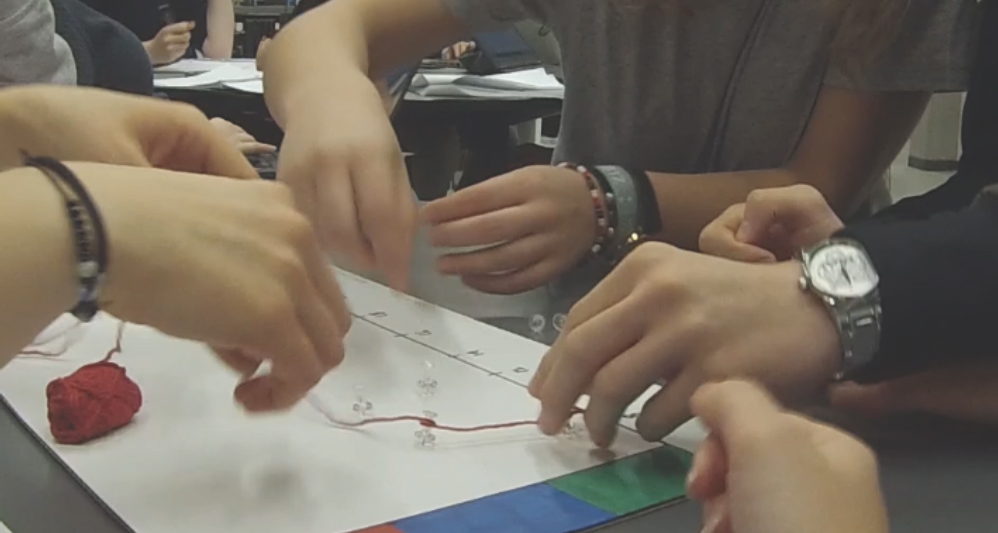
With the Big Data hype, making digital data accessible and relatable for non-data experts is becoming an increasing challenge. In this paper we suggest Data Physicalization as a novel approach to facilitate conversations with collaborators about the meaning of data. While this challenge has been...
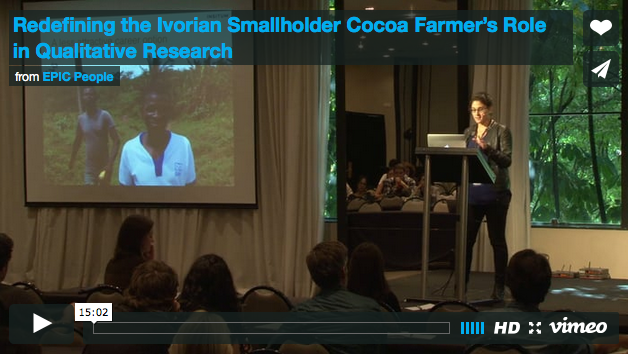
Provider and researchers from the University of Cocody in Abidjan were faced with the challenge of adapting a user-centered approach to qualitative research endeavors in Côte d’Ivoire. Our cross-cultural team with expertise from multiple disciplines developed a novel approach for the cocoa sector....

The “age wave,” or aging of the population and concurrent increase in retirees, is creating a loss of knowledge unlike that experienced in the American work force to date. Since many Baby Boomers are loyal employees who have worked for the same employer for several decades, the knowledge, both...

This essay explores an initiative carried on by a group of three banks , two insurance companies and a consulting firm, European leader in the field of innovation, towards the development of a methodology aimed at innovating through a user-centered approach in design. The project, baptized “Projet...
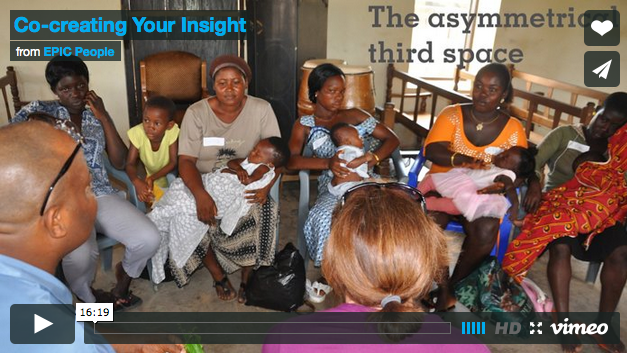
As Africa becomes the next frontier for consumer innovations, researchers and designers will be faces with a challenge: how can one get deep and meaningful insights on ever-accelerated project timetables? The following case study offers one such possibility. Drawing on work in rural Ghana, I...